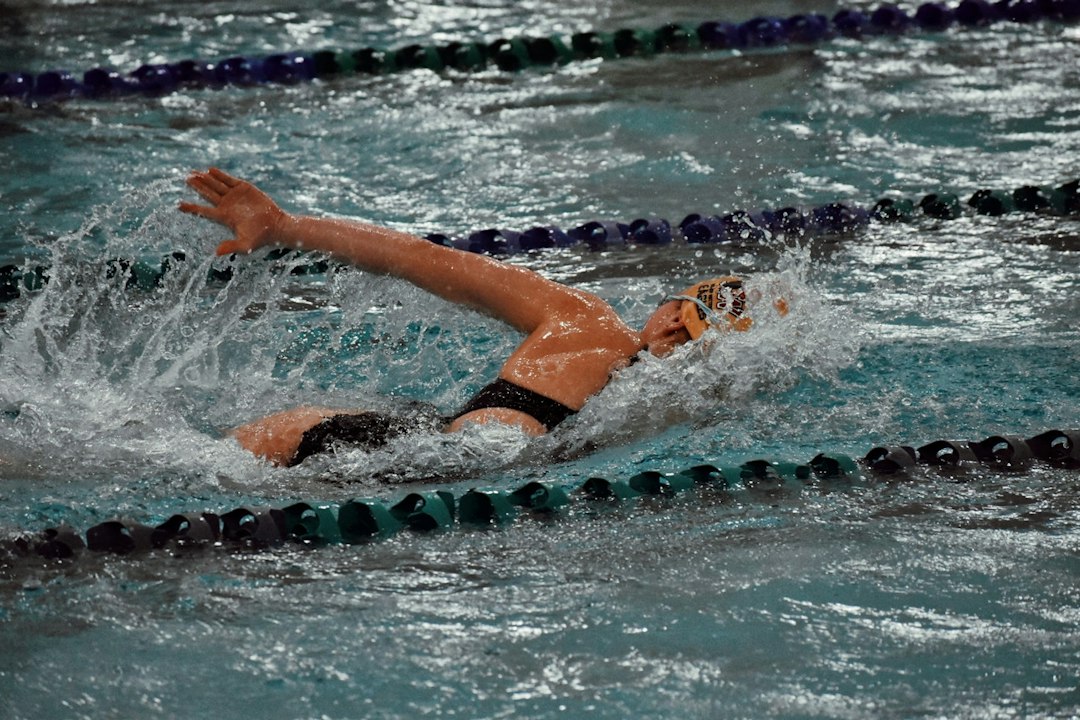Training Strategies for Building Speed and Quickness
In the world of sports and athletics, speed and quickness can be the difference between victory and defeat. Whether you are a sprinter, a basketball player, or a soccer player, being able to move swiftly and react swiftly can give you a significant edge over your opponents. However, developing speed and quickness requires more than just natural talent; it demands consistent training and dedication. In this article, we will explore some effective training strategies for building speed and quickness that can help athletes of all levels enhance their performance.
1. Interval Training: One of the most effective ways to improve speed and quickness is through interval training. Interval training involves short bursts of intense exercise followed by periods of active recovery. For example, a sprinter could perform a series of 100-meter sprints at maximum effort, followed by a minute of light jogging or walking to recover. This type of training helps to improve the efficiency and power of muscle contractions, leading to increased speed and quickness over time.
2. Plyometric Exercises: Plyometric exercises are another excellent training strategy for building speed and quickness. These exercises involve explosive movements that engage both the muscles and the nervous system, ultimately improving an athlete’s ability to generate power and react quickly. Examples of plyometric exercises include box jumps, squat jumps, and lateral jumps. Incorporating these exercises into your training regimen can significantly enhance your ability to accelerate and change direction rapidly.
3. Resistance Training: While it may seem counterintuitive, resistance training can actually aid in the development of speed and quickness. Engaging in regular strength training exercises helps to build strong muscles and connective tissues, which is crucial for generating power and maintaining proper form during high-speed movements. Focus on compound exercises such as squats, deadlifts, lunges, and bench presses to target multiple muscle groups simultaneously. Also, using resistance bands or weights during speed drills can add an extra challenge and help improve explosive power.
4. Agility Drills: Agility is an essential component of both speed and quickness. Agility drills involve a combination of quick and precise movements, designed to enhance an athlete’s ability to change direction rapidly without losing balance or speed. Incorporating ladder drills, cone drills, and shuttle runs into your training routine can help develop your footwork, reaction time, and overall agility.
5. Flexibility and Mobility Training: Another crucial aspect of speed and quickness training is flexibility and mobility. Having good flexibility and joint mobility allows you to move through a full range of motion and maintain proper form during high-speed movements. Include dynamic stretching exercises before your workouts to warm up the muscles and increase blood flow. Additionally, performing regular mobility exercises, such as hip openers and shoulder stretches, can help prevent injuries and improve overall performance.
6. Proper Nutrition and Recovery: To achieve optimal results in speed and quickness training, it’s essential to fuel your body with the right nutrients and allow for proper recovery. Consume a balanced diet that includes lean proteins, complex carbohydrates, and healthy fats to provide your muscles with the energy they need to perform at their best. Additionally, make sure to stay hydrated before, during, and after workouts. Adequate rest and sleep are equally crucial, as they allow your body to recover and rebuild, leading to improved speed and quickness over time.
Remember, building speed and quickness requires consistent effort and patience. Implementing these training strategies into your routine and staying committed to your goals will help you reach new levels of performance. Whether you’re an aspiring professional athlete or simply looking to enhance your recreational activities, the benefits of improved speed and quickness are worth the investment. So lace up those shoes, hit the track, and enjoy the exhilaration of reaching new speeds!
